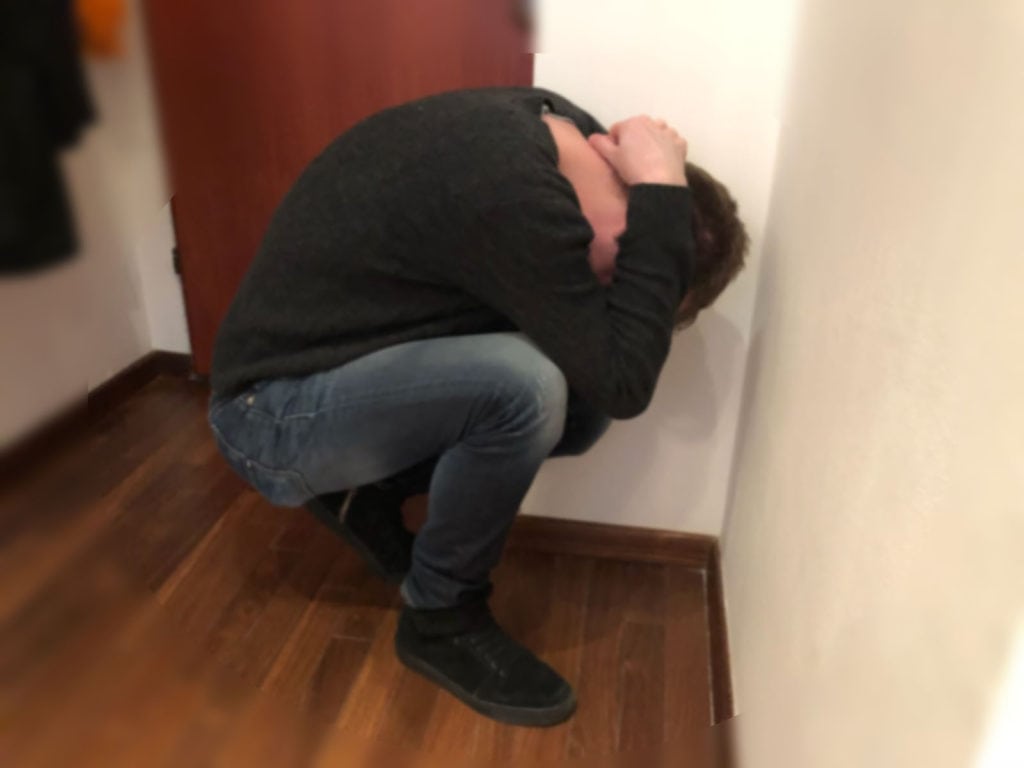Panic attacks are more common than most people realise. They can be a one-time event, or more often a recurring problem. For many people that suffer from panic attacks, it’s hard to understand what causes them. There’s not always an obvious trigger and it can be disconcerting not understand why your body is reacting in such an upsetting way.
What is a panic attack?
Panic attacks are usually characterized by an intense and uncontrolled fear. This anxiety often is about fear of death, losing control, becoming crazy for the time the attack lasts. A panic attack can last from a few minutes to a few hours. This issue is two to three times more characteristic to woman than men and is more likely to occur amongst young subjects, from 25 to 44 years old.
Causes
A panic attack can occur suddenly in the middle of the night. A crowded or a tight space can also trigger it. They are usually the outward signs of a deeper issue such as depression, a neurosis or a phobia. The panic attack is usually a smoke screen hiding a repressed root like a trauma that took place either in the childhood or is more recent incident like an accident, death or a divorce. Those traumas can easily trigger post-traumatic neurosis.
Symptoms
The physical signs of a panic attack are those of a terrorized person:
- Heart rate increase
- Palpitations
- Tachycardia
- Paleness
- Shaking
- Sweating
- Feeling of suffocation
- Chest pain
- Nausea
- Vomiting
- Stomach ache
- Dizziness
- A headache
- Feeling irrational fear
When you have a panic attack you may feel any number of these symptoms. You can also have what’s called a limited-symptom panic attack which is a mild form of a panic attack when you do not exhibit as many symptoms as a full-blown panic attack.
Panic attacks need both a medical treatment and a therapy. Noticing these symptoms is useful if you know how to react, but can backfire if not. “Oh my God! I’m having a panic attack” and therefore making it worse. It can be a vicious circle.




Leave a Comment